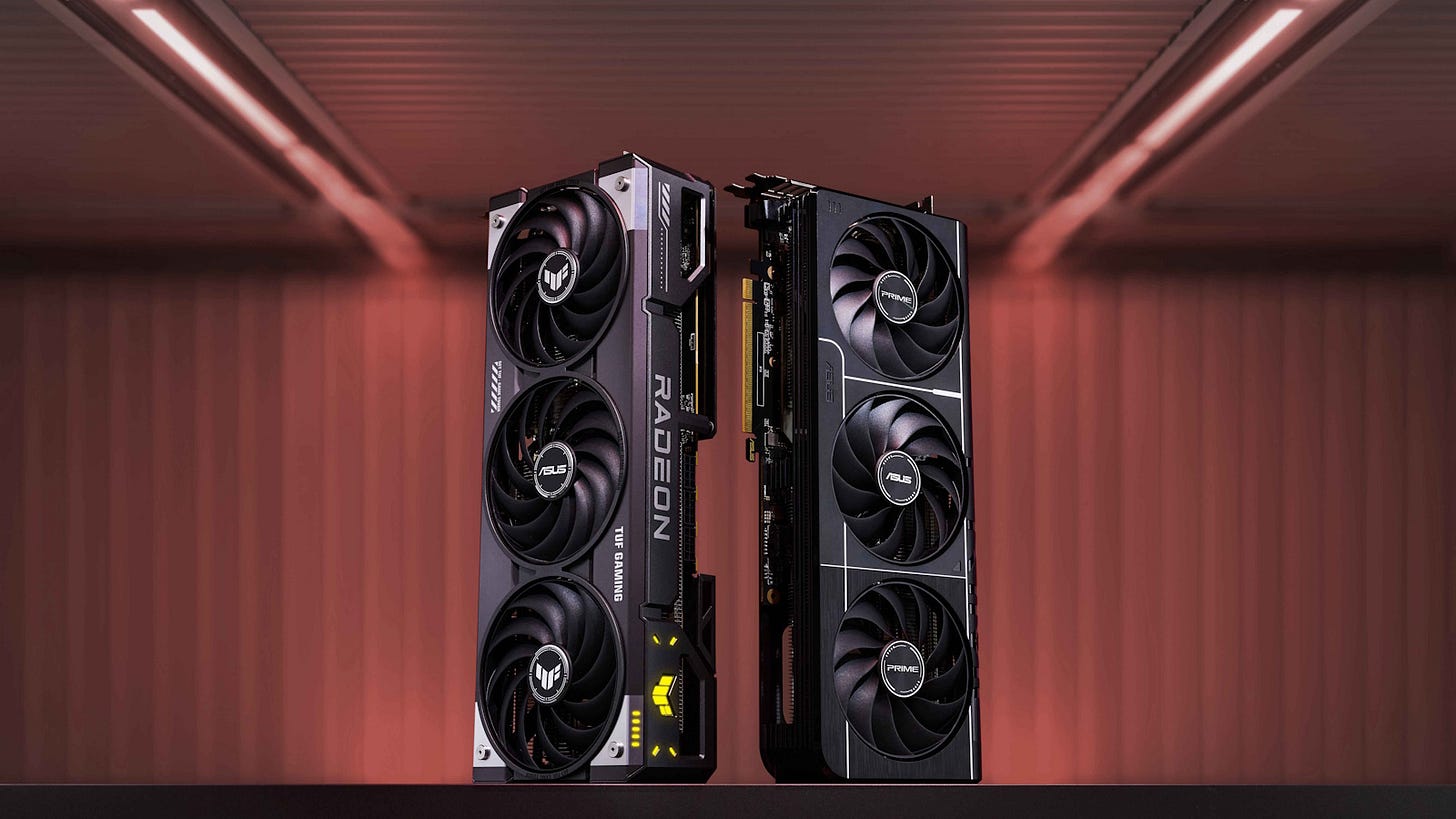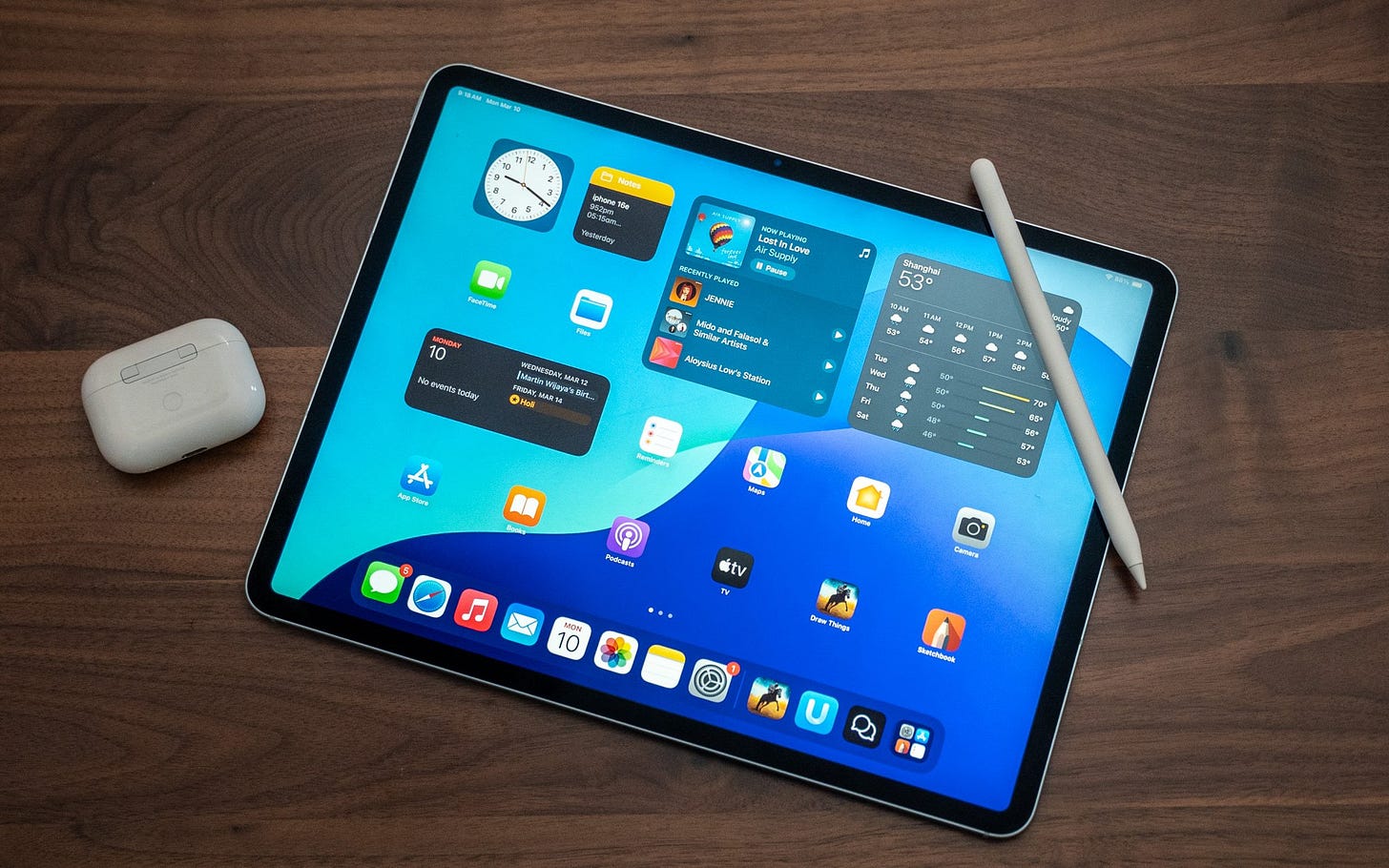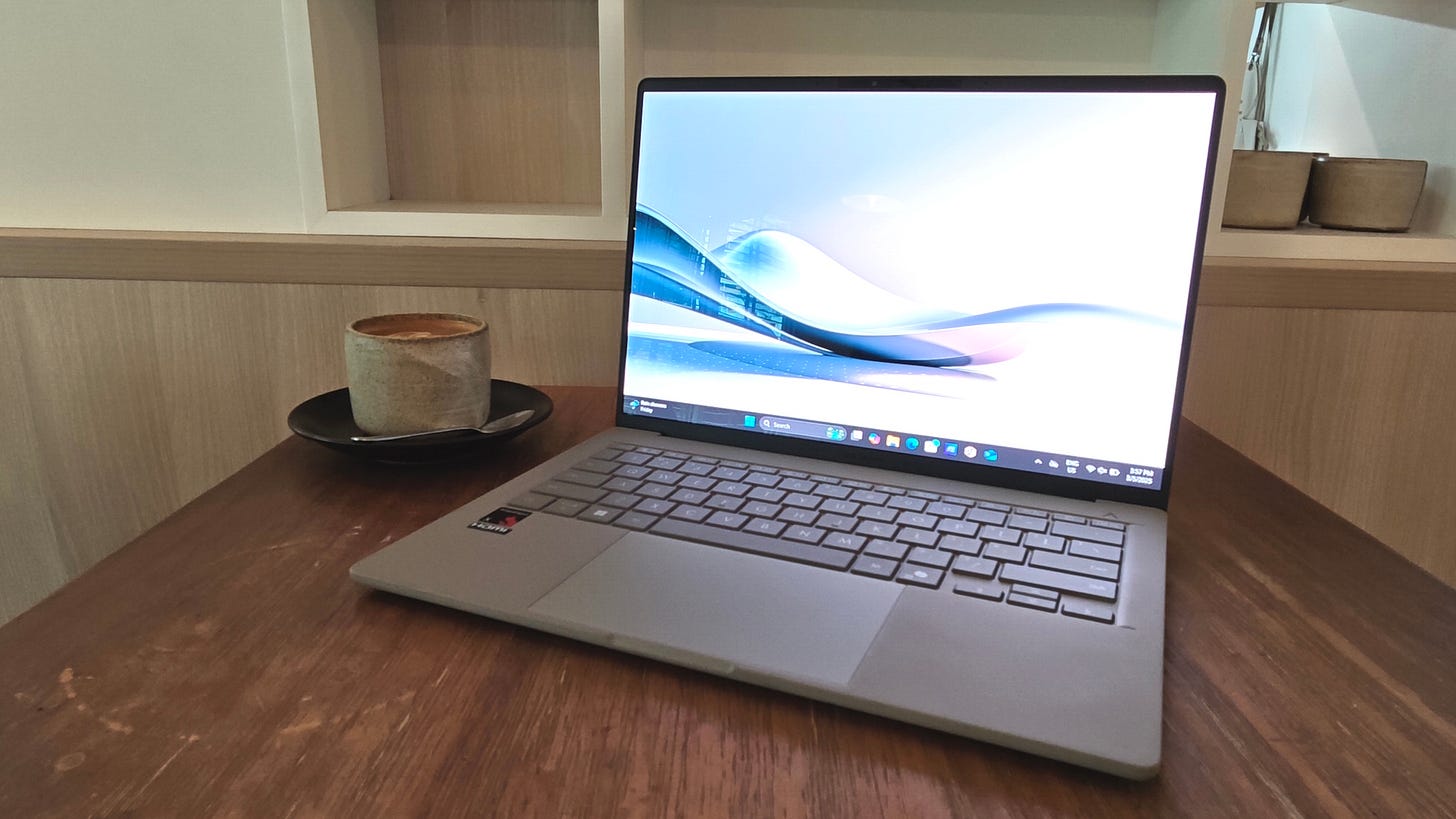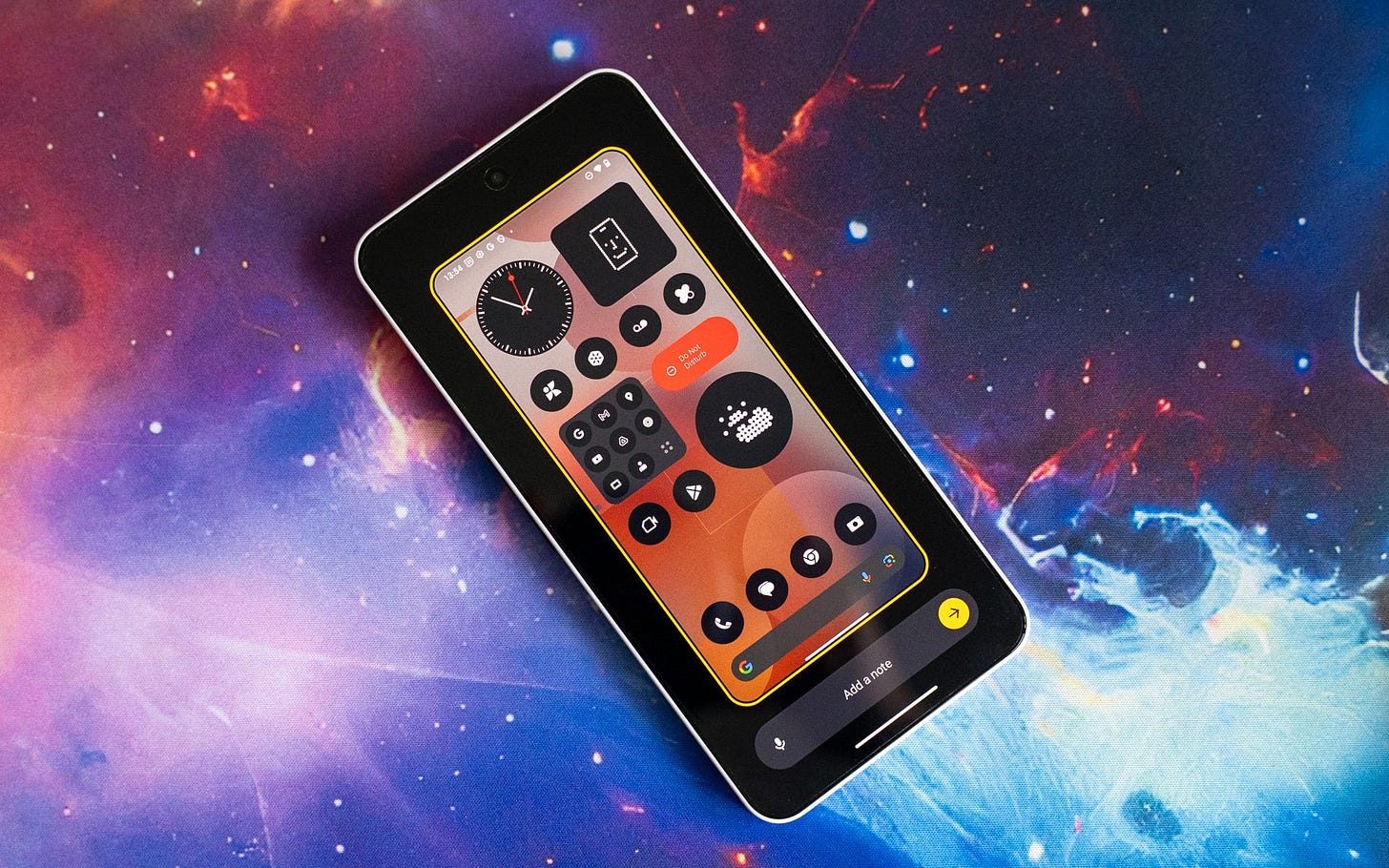PC gaming no longer affordable
I can't justify spending thousands on a top-tier gaming PC

I grew up on PC games. I didn’t own a game console until the Sony PlayStation 3 when I was in my late twenties. But between the bitcoin mining craze, a global pandemic, and the AI boom, the price of building a PC — in particular the cost of a graphics card or GPU — has ballooned so much that it’s much cheaper to start gaming on a console nowadays.
Take the recent launch of AMD’s latest Radeon RX 9070 series of graphics cards, for example. It’s the latest attempt by AMD to dethrone market leader Nvidia in the “mid-range segment”, with the GPUs starting at a MSRP of US$549. While the reviews for the RX 9070 cards have been glowing, and positive, there are caveats like “if supply is good”.
And that’s the crux of it. GPUs have been stymied by supply issues for a while now. They are difficult to make — the latest ones use a 4nm manufacturing process that can only be made in a few factories — and the demand has been huge. Not only are GPUs used for gaming, they are also required for work, from video editing to running AI models.
Already, there are signs that there are limited Radeon RX 9070 graphics cards in the market. The jury is probably still out on whether the RX 9070 series will hold its MSRP — it’s only been a week since its debut. But most third-party vendors in Singapore have priced their RX 9070 cards much higher than the US$549 MSRP (S$731 before taxes). For example, Asus’ Radeon RX 9070 cards start from S$1,099, while the most affordable RX 9070 you can find in Singapore appears to be from PowerColor (S$899).
As for the top highest-end GPUs that will truly give you the best visuals and frame rates at 4K resolution — the holy grail for PC gamers — you can expect to pay over S$5,000 for Nvidia’s latest and greatest. In comparison, the most powerful game console now, the PlayStation 5 Pro is only just over S$1,000, or around the same as a Radeon RX 9070 graphics card.
To make matters worse, games have often been poorly optimised for PCs, unlike their console versions. For example, the recently-released Monster Hunter Wilds has been widely praised for its gameplay, but slammed for its poor performance on PCs. Even those with high-end graphics cards are not immune. No doubt, it’s easier to optimise games for consoles compared with the huge variety of PC builds. But game developers have also been guilty of releasing buggy games first, and relying on updates to fix issues later.
The last straw may well be the rising prices of PC games. Console games are typically more expensive than PC games because console manufacturers sell the console at an affordable price, and charge more for games. But the price gap between console and PC games appears to be narrowing. The new Civilization VII, for example, costs the same (S$99) for the PC version (Steam) and the PlayStation version (PS5 and PS4). Meanwhile, games like Black Myth: Wukong are only a couple of dollars cheaper on Steam compared with the console versions.
Of course, it’s a different story if your gaming PC doubles as a work PC, especially if a dedicated GPU is also essential for work. However, for folks that just wants to play games, it’s more affordable, and convenient to start with a game console.
This week, we tested the new iPad Air, which now comes with a more powerful M3 chip. We also liked the Asus Zenbook A14, which weighs less than a kilogram, and was intrigued by the Nothing Phone 3a, and its interesting take on AI in smartphones.
Refreshed with a more powerful M3 chip that lets you play more graphically-intensive mobile games, and enables Apple Intelligence features, the latest Apple iPad Air is now available from S$899 for the 11-inch version. The tablet works with a new Magic Keyboard (S$399 for the 11-inch) that sports a larger built-in trackpad for greater precision, and a new 14-key function row. Downside: The display is still only 60Hz.
Need a lightweight laptop that can last you the whole day and more? Check out the new Asus Zenbook A14 (980g!), a Copilot+ AI-powered PC that uses Qualcomm’s power-efficient Snapdragon X chipset. It has excellent battery stamina, but we were also impressed by its premium design and vibrant OLED screen.
The Nothing Phone 3a is a solid mid-range phone with a unique design, and an interesting take on AI in smartphones. But it’s the new Essential Key that’s worth checking out. Press this button to take a screenshot, and you can also append a text or voice memo. Both the screenshot and the memos are analysed by AI for follow-up actions, like creating a reminder. Definitely some potential here.




